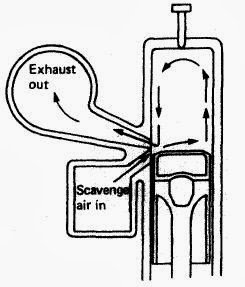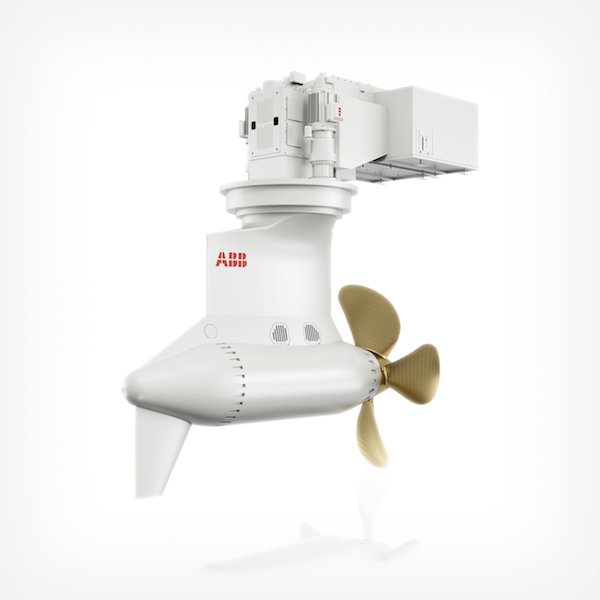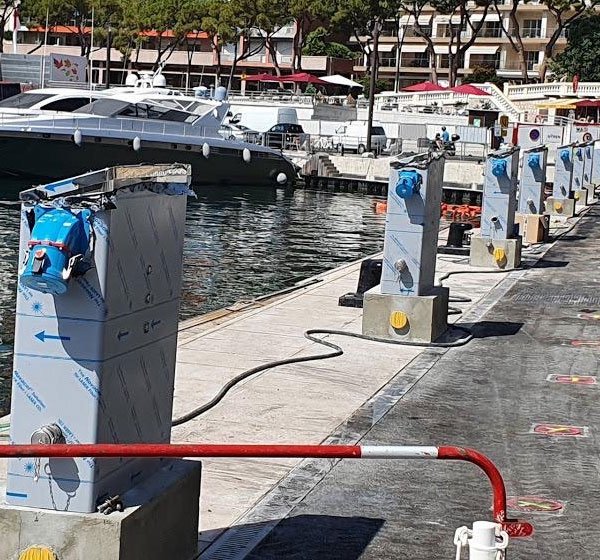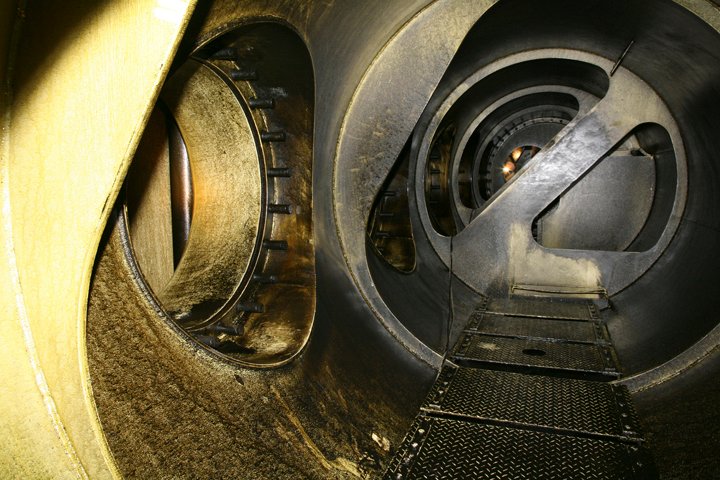
Marine diesel engines are the heart of ships and play a crucial role in their operation. Understanding the various components and systems within these engines is essential for efficient maintenance and troubleshooting. One such important component is the scavenge space, which serves multiple purposes and requires careful attention to ensure optimal engine performance. In this article, we will delve into the uses of the scavenge space on marine diesel engines and explore common troubleshooting techniques.

I. Understanding the Scavenge Space
The scavenge space, also known as the scavenging chamber, is an integral part of two-stroke marine diesel engines. It is responsible for the efficient removal of exhaust gases from the combustion chamber and the subsequent intake of fresh air for the next cycle. The scavenge space is formed by the geometry of the cylinder liner and the piston crown, and it plays a crucial role in achieving complete combustion and ensuring engine power output.
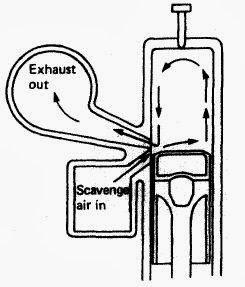
II. Uses of the Scavenge Space
Exhaust Gas Removal: The primary purpose of the scavenge space is to remove the residual exhaust gases from the previous combustion process. This helps prevent contamination of the incoming charge of air for the next cycle.
Air Distribution: The scavenge space is responsible for distributing fresh air into the combustion chamber. The shape and design of the scavenge ports determine the efficiency of air distribution, ensuring an adequate supply of oxygen for the combustion process.
Cooling: The scavenge space also acts as a cooling medium for the engine components. As the fresh air enters the space, it absorbs heat from the cylinder walls, piston crown, and other parts, thus helping to maintain optimum operating temperatures.

III. Troubleshooting the Scavenge Space
Scavenge Fires: One of the common issues associated with the scavenge space is the occurrence of scavenge fires. These fires are caused by the ignition of oil mist or deposits in the space. Regular cleaning of scavenge spaces, proper fuel injection, and efficient turbocharger operation are essential to minimize the risk of scavenge fires.
Scavenge Air Leakage: Leakage of scavenge air can adversely affect engine performance and lead to incomplete combustion. It is crucial to inspect and maintain the scavenge ports, piston rings, and cylinder liner to ensure proper sealing and prevent air leaks.
Scavenge Space Deposits: Accumulation of carbon deposits and other contaminants in the scavenge space can hinder airflow and result in reduced engine efficiency. Regular cleaning and maintenance, including periodic inspection of the scavenge space, are necessary to prevent excessive deposits.
Scavenge Space Pressure: Monitoring scavenge space pressure is essential to maintain the proper functioning of the engine. Deviations from normal pressure levels may indicate issues with the turbocharger, scavenge air filters, or other related components. Regular pressure checks and maintenance are critical for optimal engine performance.
The scavenge space in marine diesel engines serves crucial functions, including the removal of exhaust gases, distribution of fresh air, and cooling of engine components. Troubleshooting potential issues such as scavenge fires, air leakage, deposits, and pressure irregularities is vital to ensure the efficient operation of the engine. Regular inspection, maintenance, and adherence to manufacturer guidelines are key to maximizing the lifespan and performance of marine diesel engines by addressing scavenge space-related concerns.


